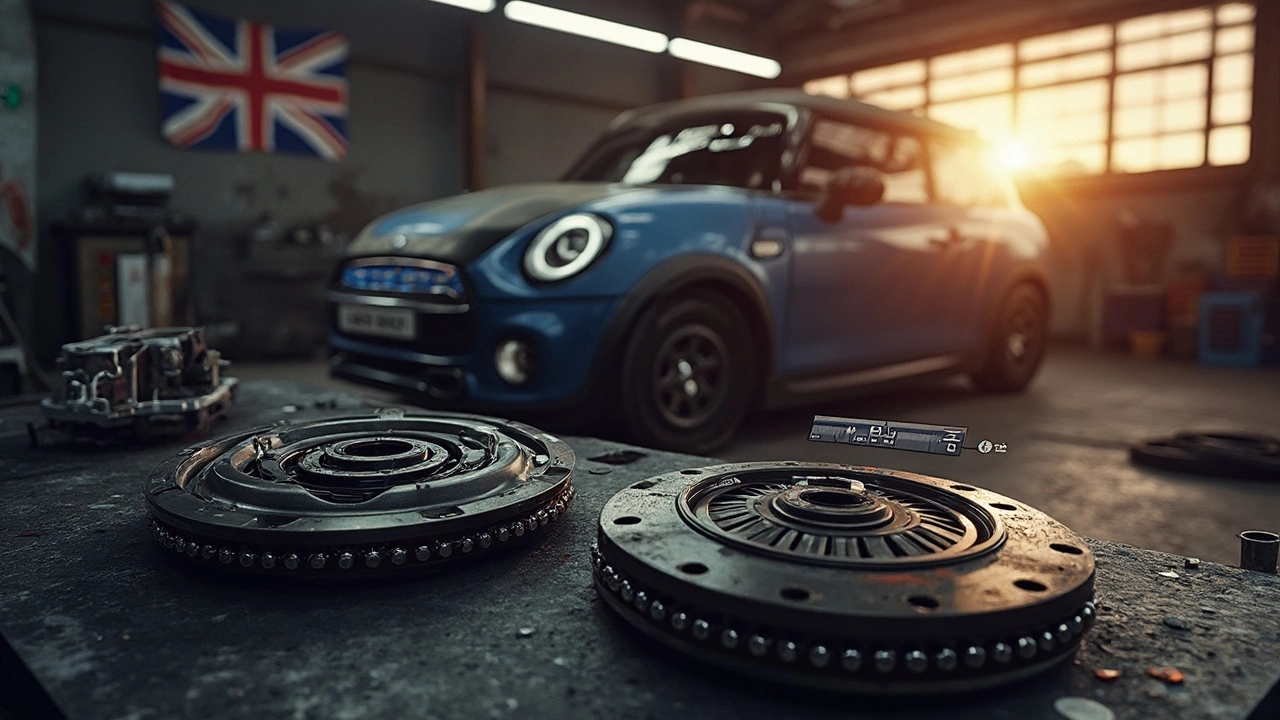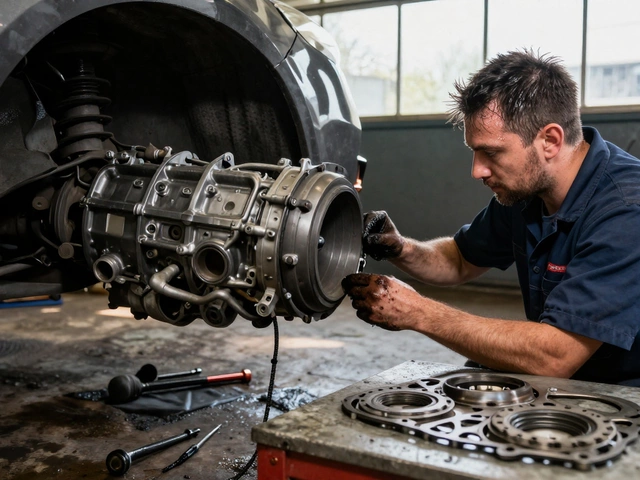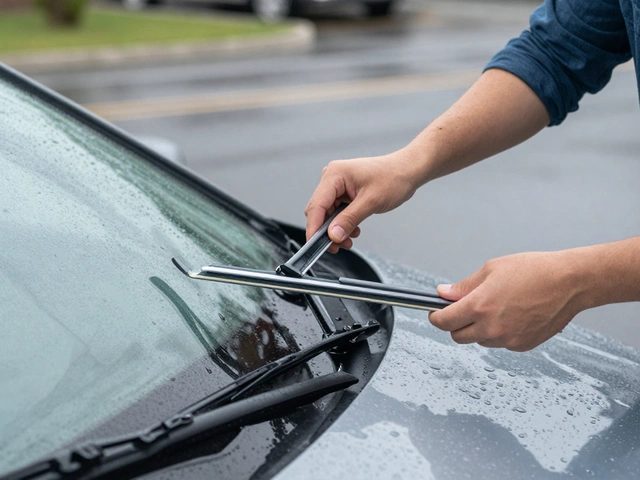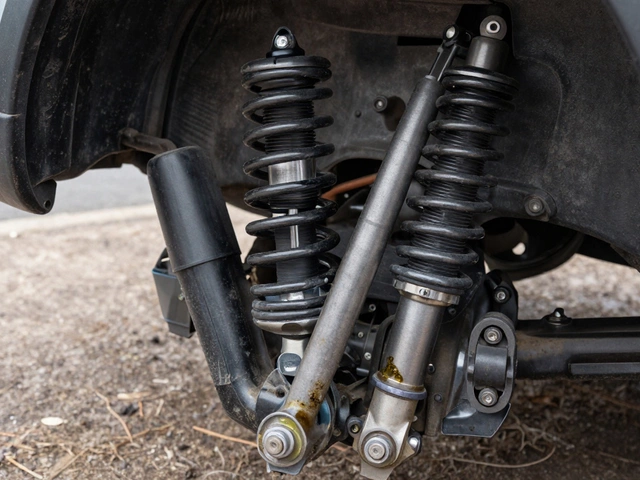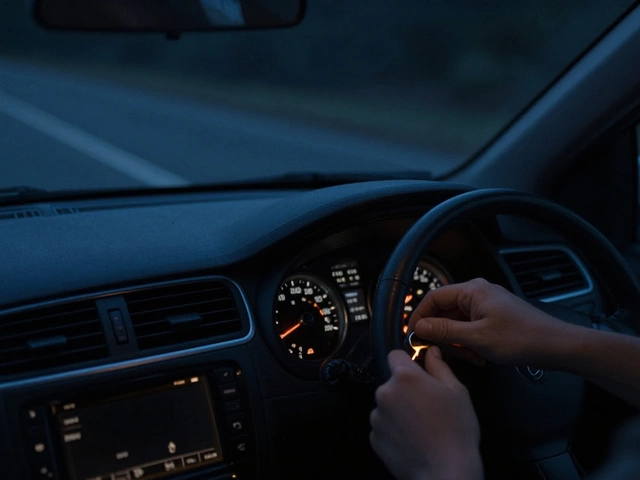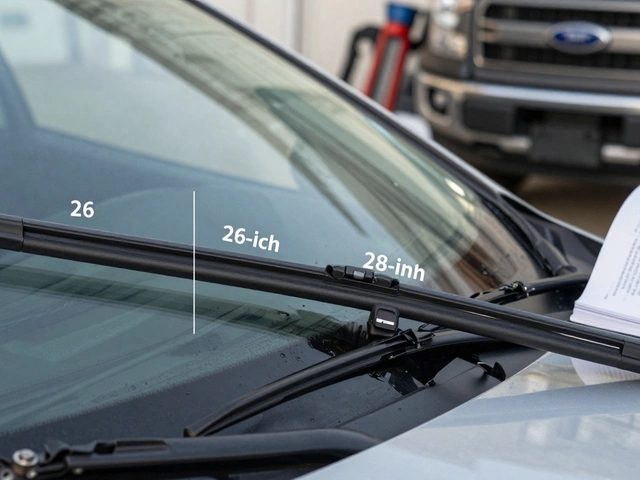Clutch HP Limit: What You Need to Know About Power and Clutch Failure
When you push more power through your engine, the clutch HP limit, the maximum horsepower a clutch can handle before slipping or failing. Also known as clutch torque capacity, it’s not just about the clutch plate—it’s the whole system working together under stress. If you’ve added a tune, turbo, or performance exhaust, your stock clutch might not keep up. It’s not magic—it’s physics. More horsepower means more torque trying to spin the transmission, and if the clutch can’t grip, it starts to slip.
That’s where slipping clutch, a symptom where the engine revs but the car doesn’t accelerate comes in. You feel it when you mash the gas on a hill and the RPMs jump without speed. It’s not just annoying—it’s a warning that your clutch is worn out or overloaded. Many people think it’s just an old clutch, but if you’ve modified your car, you might have hit the clutch HP limit before the clutch even reached its mileage lifespan. A factory clutch might handle 200-250 HP fine, but push past 300 HP and you’re asking for trouble unless you upgrade.
The clutch kit, the full set of components including pressure plate, disc, and release bearing isn’t one-size-fits-all. A stage 1 upgrade might be enough for a mild tune, but if you’re running 400+ HP, you’ll need a heavy-duty pressure plate, ceramic or carbon composite discs, and sometimes even a twin-disc setup. It’s not just about grabbing harder—it’s about handling heat, vibration, and repeated abuse. A cheap clutch might hold for a few months, then fade fast. A proper kit lasts longer and gives consistent pedal feel.
And don’t forget the clutch symptoms, the early signs like grinding, soft pedal, or difficulty shifting. These aren’t just "normal wear." They’re your car telling you something’s off. If you hear a weird noise when you press the pedal, or the car jerks when you take off, that’s not the transmission—it’s the clutch struggling. Ignoring it won’t make it better. It’ll just cost you more.
What you’ll find in the posts below aren’t just theory—they’re real-world experiences from people who’ve been there. From diagnosing a slipping clutch in a daily driver to upgrading a high-horsepower track car, these guides show you exactly what to look for, what to avoid, and when to call a pro. Whether you’re trying to save money or build a serious performance machine, you’ll find the facts you need without the hype.
